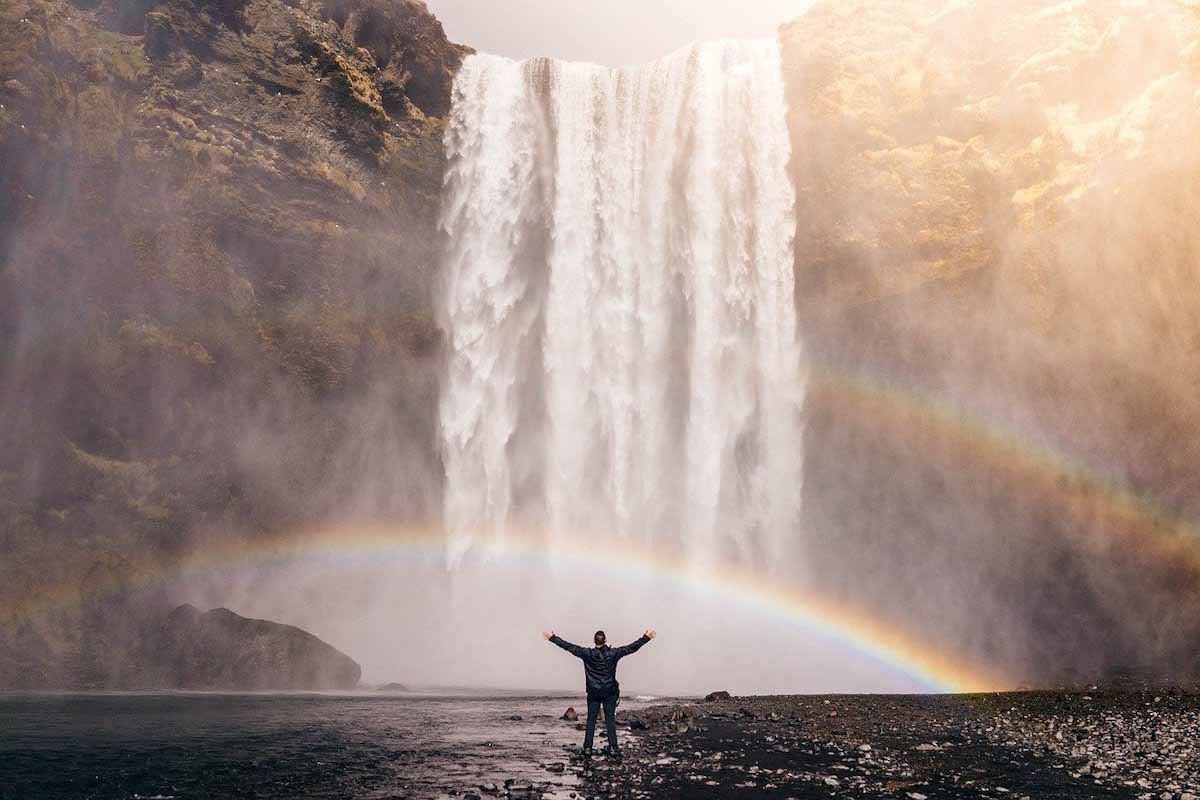This post is also available in:
 Español
Español
Do you like sailing and have you ever thought about traveling to Latin America? Then you will surely be interested in what we are going to talk about. Today we introduce you to the largest lakes in South America, or at least the ones that surprise us the most, and we will tell you a little more about them.
Whether freshwater or saltwater, Latin America has a large number of majestic lakes as one of the destinations with more natural landscapes in the world, and that’s why we love it. Ready to discover what for us are the most impressive lakes? Here we go!
Lake Viedma, Argentina
In the last place of our ranking we have Lake Viedma, with 1088 square kilometers.
This lake is fed by the Viedma glacier and is located in Los Glaciares National Park (about 80 km from El Calafate), the heart of the Argentine Patagonia. Surely you already know this place or you have “heard us talk about it”, as it is also home to the Perito Moreno glacier and its famous minitrekking.
Lake Argentino, Argentina
Without moving from Argentina, the next lake on our list is Lake Argentino. This is one of the largest of the Patagonian lakes with a surface area of 1415 sq. km. and an average depth of 150 meters.
At some points it reaches 500 meters deep, placing it among the 20 deepest lakes in the world😱.
Regarding the color of its water, it is quite characteristic and is due to the result of the union of glaciers, known as glacial milk.

Laguna de Términos, Mexico
This case is not actually a lake, nor is it specifically in South America, but we saw it necessary to add it to this list 😅. Located southwest of the Yucatan peninsula in Mexico, this coastal lagoon is 2007 sq. km.
It is declared as a flora and fauna protected area, as it is an authentic sanctuary for bottlenose dolphins as it is home to the largest concentration of this species in Mexico 🐬.
So, if you are traveling to Mexico and you are interested in tours like the Sian Kaan Biosphere Reserve, think that Laguna de Términos should also be on your list.
Merín Lagoon, Uruguay
This lagoon is located on the border between Brazil and Uruguay and has an area of 3750 sq. km.
Years ago, the water of Laguna Merín was fresh with intermittent saltwater intrusion from the lagoon of Los Patos through the San Gonzalo channel. However, in 1977 a sluice was built to prevent this seawater intrusion and thus provide a reserve of drinking water for the surrounding towns and not harm the rice crops. For this reason, the Merín lagoon is currently freshwater.
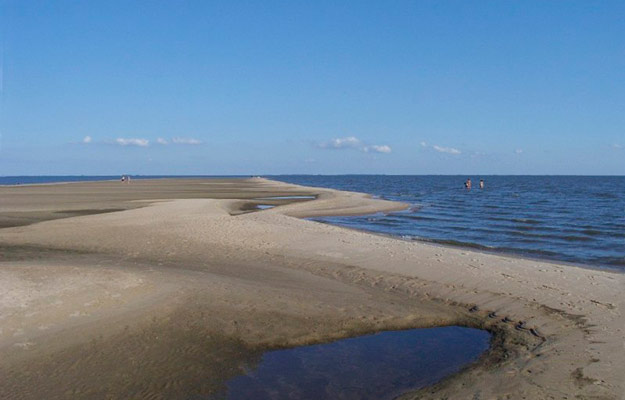
Mar Chiquita, Argentina
As you can see, Argentina has a large number of amazing lakes, and Patagonia has a lot to offer.
The Mar Chiquita Lagoon or Mar de Ansenuza, located in the northwest of the province of Cordoba, is the largest salt lake on the planet, with 7900 sq. km.
This lake has a depth of 35 feet. What does this mean? Well, during the rainy season it can triple in size.
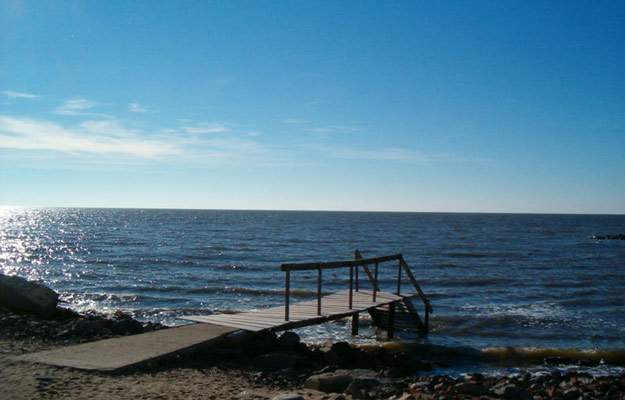
Lake Cocibolca, Nicaragua
We made it to the podium of our list. Okay, Nicaragua is in Central America, but how could we not tell you about the only lake in the world where there are sharks 🦈?
It is the largest lake in Central America and the third-largest in Latin America with 8264 sq. km and has 400 small islands, 3 islands, and 2 volcanoes. It is the only one in the world where marine species such as sharks and sawfish live.
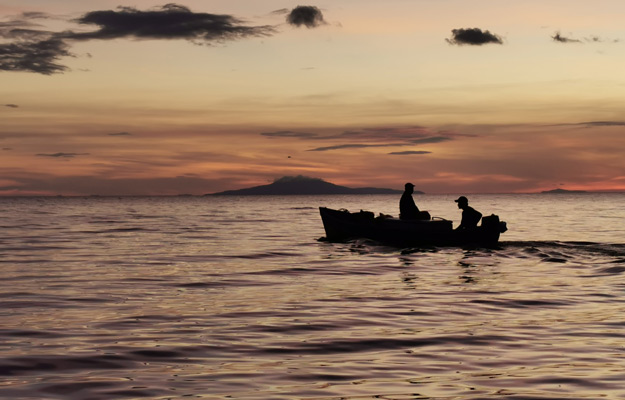
Lake Titicaca, Peru and Bolivia
In the second place of the ranking is one of our favorites. Lake Titicaca is the highest navigable lake in the world, is located on the border between Peru and Bolivia, and is the second-largest lake in South America.
Of the 8560 square kilometers of its surface, 56% belongs to Peru and 44% to Bolivia. This lake hides many mysteries and is home to many families who live without technology or luxury in the famous floating islands of the Uros, so we definitely recommend a tour of Lake Titicaca to meet them.
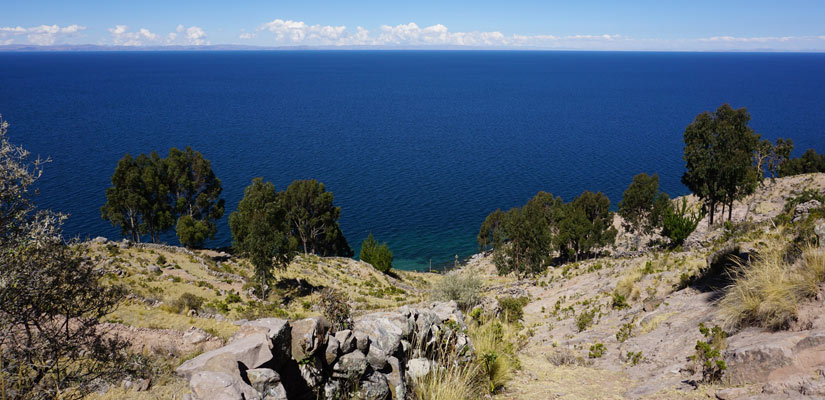
Lake Maracaibo, Venezuela
And at the top of our list of the largest lakes in South America, we have Lake Maracaibo in Venezuela 🏆. It is freshwater and has an area of 13,820 square kilometers.
It is the second oldest on the planet and is considered by NASA as the lightning capital of the world. This is due to the fact that over the southern area of Lake Maracaibo the lightning of Catatumbo takes place, a meteorological phenomenon that produces an average rate of 233 flashes per square kilometer per year. Something common for those who live in the area, but something incredible for those who visit it.

So, here you have our list of the largest lakes in South America. We hope you have found it as interesting as we have. Have we missed any lake that is a must for you? Have you visited any of these? Tell us in the comments!





